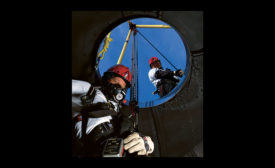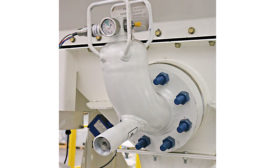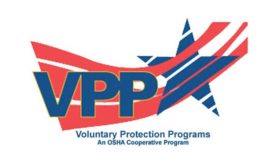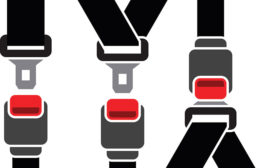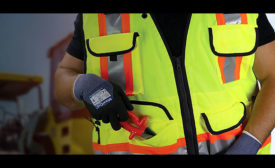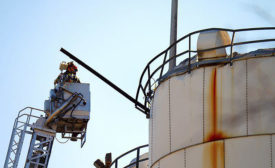Workplace Safety Culture
Confined spaces demand caution
First conduct an assessment, then consider three primary options when selecting a confined space rescue service
April 1, 2019
Dust explosion control
Choose the dust explosion protection option that will best protect your systems
March 27, 2019
5 steps to creating a safety culture
Don't "soft sell" safety: Rules are rules
March 22, 2019
Hi-Visibility garments continue to evolve
We’ve seen the popularity of lighter, more flexible and breathable segmented trim, and more enhanced visibility by integrating LED luminescence directly on the trim.
March 14, 2019
Damages, injuries, expenses following a combustible dust incident
Be aware of the many losses that can pile up
March 12, 2019
Never miss the latest news and trends driving the safety industry
eNewsletter | Website | eMagazine
JOIN TODAYCopyright ©2024. All Rights Reserved BNP Media.
Design, CMS, Hosting & Web Development :: ePublishing

